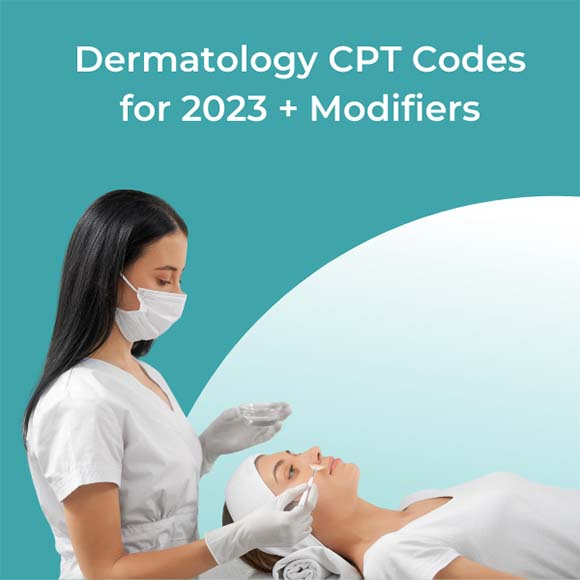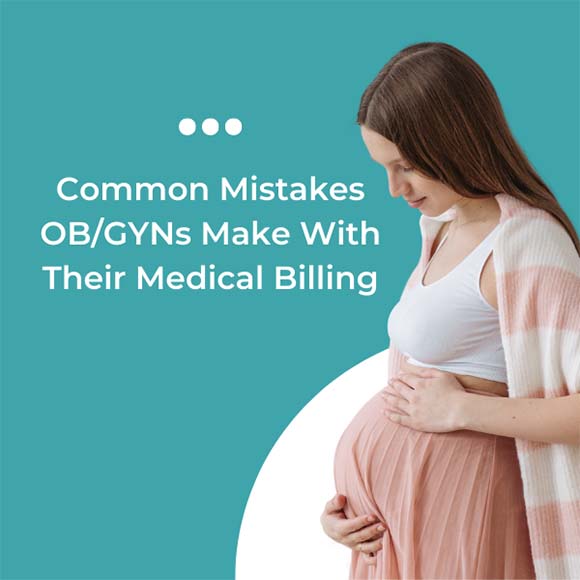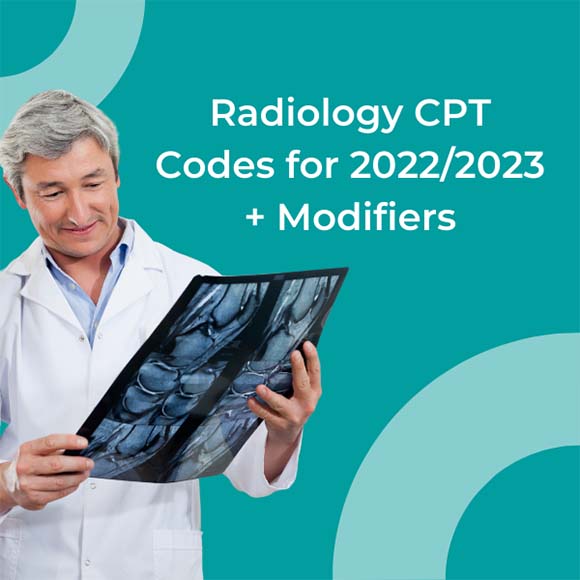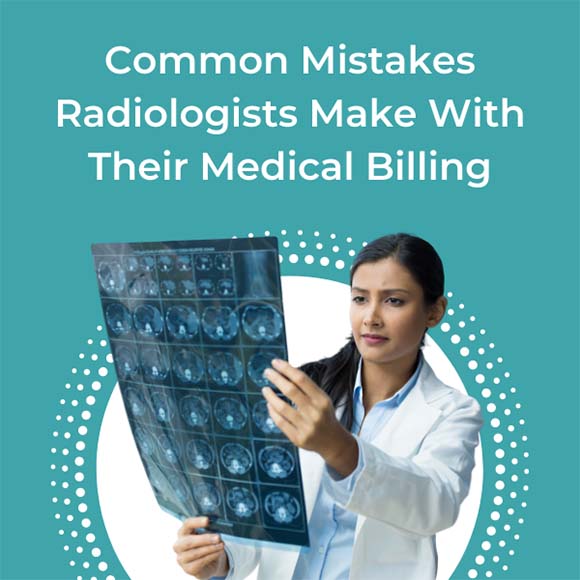What is Modifier 24
Modifier 24 is a billing code used by healthcare providers to indicate that an unrelated evaluation and management (E&M) service was performed by the same physician, nurse practitioner, or physician assistant during a postoperative period. The use of this modifier is intended to help providers receive proper reimbursement for services that may not be covered by the primary procedure.
For example, a physician may perform a surgical procedure on a patient and then provide follow-up care during the postoperative period. If the physician also performs an E&M service, such as an office visit, during that time, they can use modifier 24 to indicate that the E&M service was not related to the surgical procedure and should be billed separately.
Coding and Use of Modifier 24
Modifier 24 is typically used in conjunction with CPT® codes for E&M services, such as office visits, and can be applied to a variety of specialties. Knowing when to assign modifiers is half the battle. Here are a few examples of how different specialties may use modifier 24 with certain CPT codes:
- Orthopedic Surgery: A patient may have surgery on their knee, and then visit the orthopedic surgeon for a follow-up visit during the postoperative period. In this case, the orthopedic surgeon would use modifier 24 in conjunction with the CPT code for the evaluation and management service.
- Cardiology: A patient may have a cardiac catheterization procedure, and then visit the cardiologist for a follow-up visit during the postoperative care period. In this case, the cardiologist would use assign modifier 24 in conjunction with the EM service CPT code for the office visit.
- Obstetrics and Gynecology: A patient may have a cesarean section, and then visit the obstetrician-gynecologist for a follow-up visit during the postoperative period. In this case, the obstetrician-gynecologist would use modifier 24 in conjunction with the CPT code for the office visit.
- Gastroenterology: A patient may have an endoscopy procedure, and then visit the gastroenterologist for a follow-up visit during the postoperative period. In this case, the gastroenterologist would use modifier 24 in conjunction with the CPT code for the office visit.
It is important to note that the use of modifier 24 is subject to the rules and regulations set by the American Medical Association (“AMA”), the Centers for Medicare and Medicaid Services (CMS) and private payers. Providers should check with the appropriate payer to ensure they are using the modifier correctly and to avoid denied claims.
Modifier 24 and 25 – When Should I use 24 v 25?
Modifiers 24 and 25 are codes used by healthcare providers to indicate that additional services were performed during a patient visit. While both modifiers are used to indicate that an unrelated evaluation and management (E&M) service was performed, they are used in different situations.
Modifier 24 is used to indicate that an unrelated E&M service was performed by the same physician, nurse practitioner, or physician assistant during a postoperative period. This modifier is used to receive proper reimbursement for services that may not be covered by the primary procedure. For example, a physician may perform a surgical procedure on a patient and then provide follow-up care during the postoperative period. If the physician also performs an E&M service, such as an office visit, during that time, they can use modifier 24 to indicate that the E&M service was not related to the surgical procedure and should be billed separately.
Modifier 25, on the other hand, is used to indicate that a significant, separately identifiable E&M service was performed on the same day as a procedure or other service. This modifier is used to indicate that the E&M service was not included in the primary procedure and should be billed separately. For example, a patient may have a diagnostic test, such as a CT scan, and then visit the physician for an E&M service, such as an office visit, on the same day. In this case, the physician would use modifier 25 to indicate that the E&M service was not included in the diagnostic test and should be billed separately.
It’s important to note that the use of modifier 24 and 25 is subject to the rules and regulations set by the Centers for Medicare and Medicaid Services (CMS) and private payers. Providers should check with the appropriate payer to ensure they are using the modifiers correctly and to avoid denied claims.
Here are a few examples of when you would use modifier 24 and 25:
- Modifier 24: A patient has surgery on their knee and then visits the orthopedic surgeon for a follow-up visit during the postoperative period. In this case, the orthopedic surgeon would use modifier 24 in conjunction with the CPT code for the office visit.
- Modifier 25: A patient has a diagnostic test, such as a CT scan, and then visits the radiologist for an interpretation of the test on the same day. In this case, the radiologist would use modifier 25 in conjunction with the CPT code for the interpretation service.
- Modifier 24: A patient has a cardiac catheterization procedure, and then visits the cardiologist for a follow-up visit during the postoperative period. In this case, the cardiologist would use modifier 24 in conjunction with the CPT code for the office visit.
- Modifier 25: A patient has a diagnostic test, such as an MRI, and then visits the radiologist for an interpretation of the test on the same day. In this case, the radiologist would use modifier 25 in conjunction with the CPT code for the interpretation service.
If a patient sees a physician during a postoperative period, it’s important to document the reason for the E&M service and the fact that it was performed during the post-op period. This documentation should be included in the patient’s medical record to support the use of modifier 24. The use of modifier 24 is subject to review by coder and payers, and it is important to ensure the E&M service is medically necessary with a proper icd-10 code (diagnosis code) and that it is not included in the global period.
Part B Medicare and Modifiers 24 and 25:
The use of modifier 24 and 25 are subject to the rules and regulations set by the Centers for Medicare and Medicaid Services (CMS) and private payers. For example, in the case of Medicare Part B, the use of modifier 24 is subject to the regulations set by CMS. It is important for a medical coder or certified professional coder (“CPC”) to check with the appropriate payer to ensure the modifier is used correctly.
In conclusion, modifier 24 is a valuable tool for physicians, nurse practitioners, and physician assistants to receive proper reimbursement for unrelated E&M services performed during a postoperative period. The modifier can be used in a variety of specialties and in conjunction with CPT codes for E&M services. However, it is important to follow the rules and regulations set by CMS and private payers and to document the reason for the E&M service and the fact that it was performed during a postoperative period.
Work with an expert medical billing team
Contact us to get started.
Contact us









